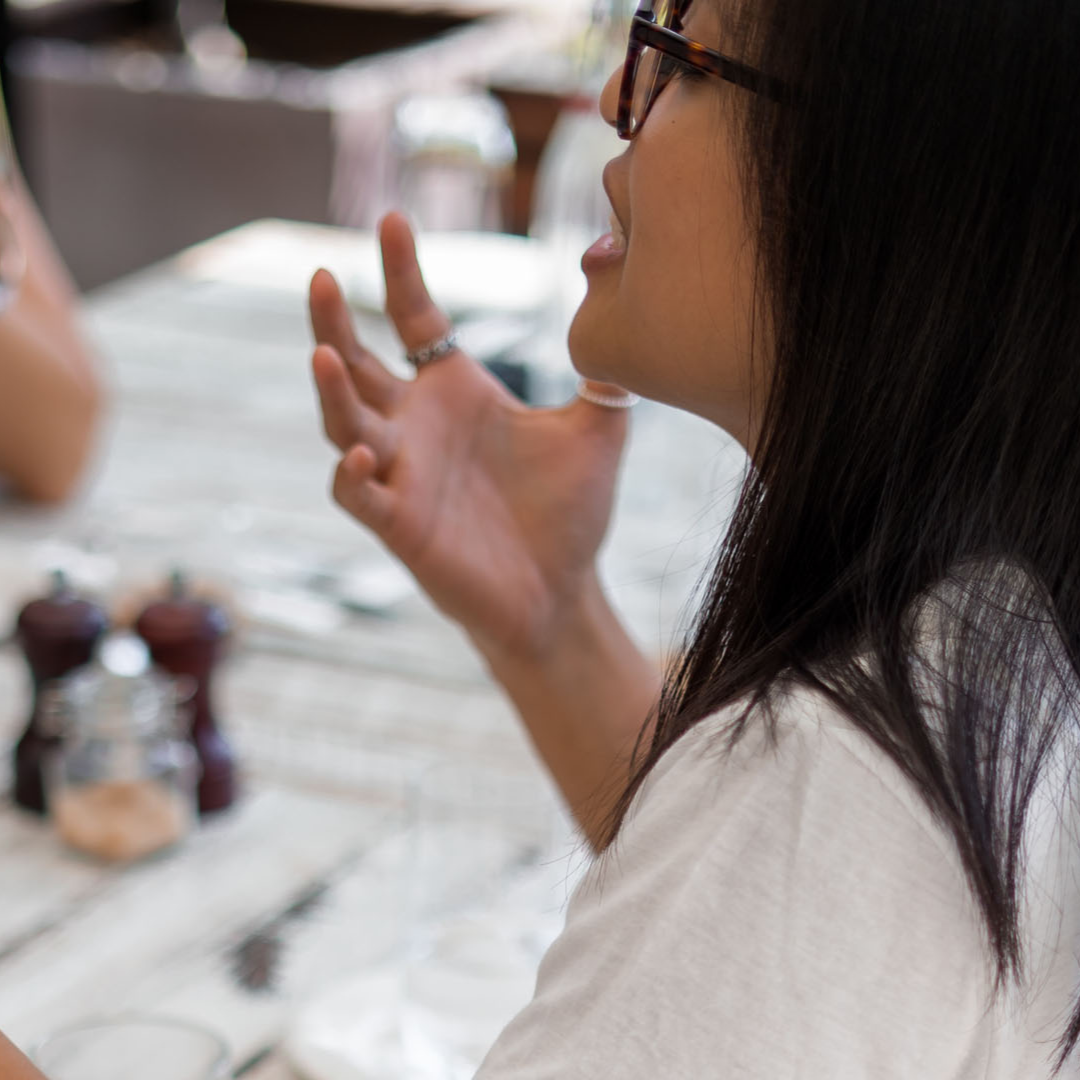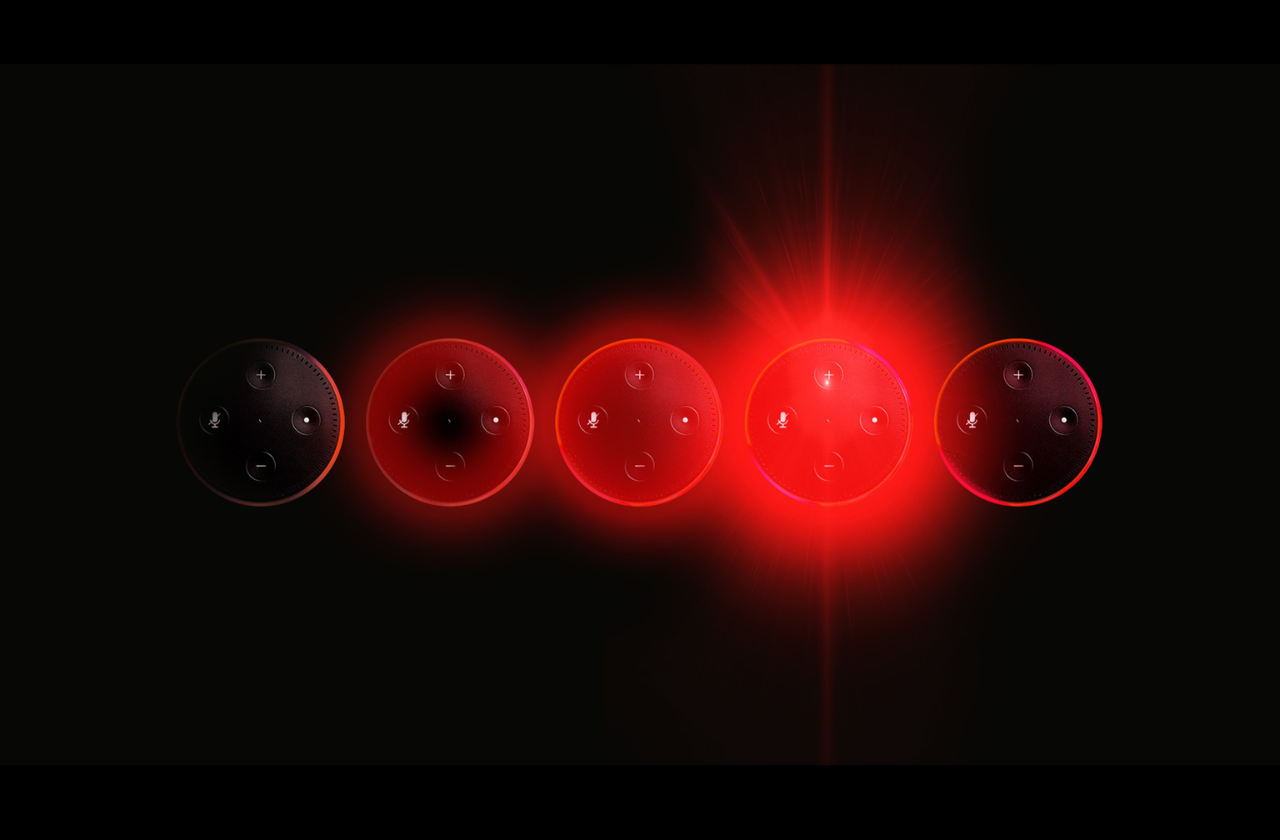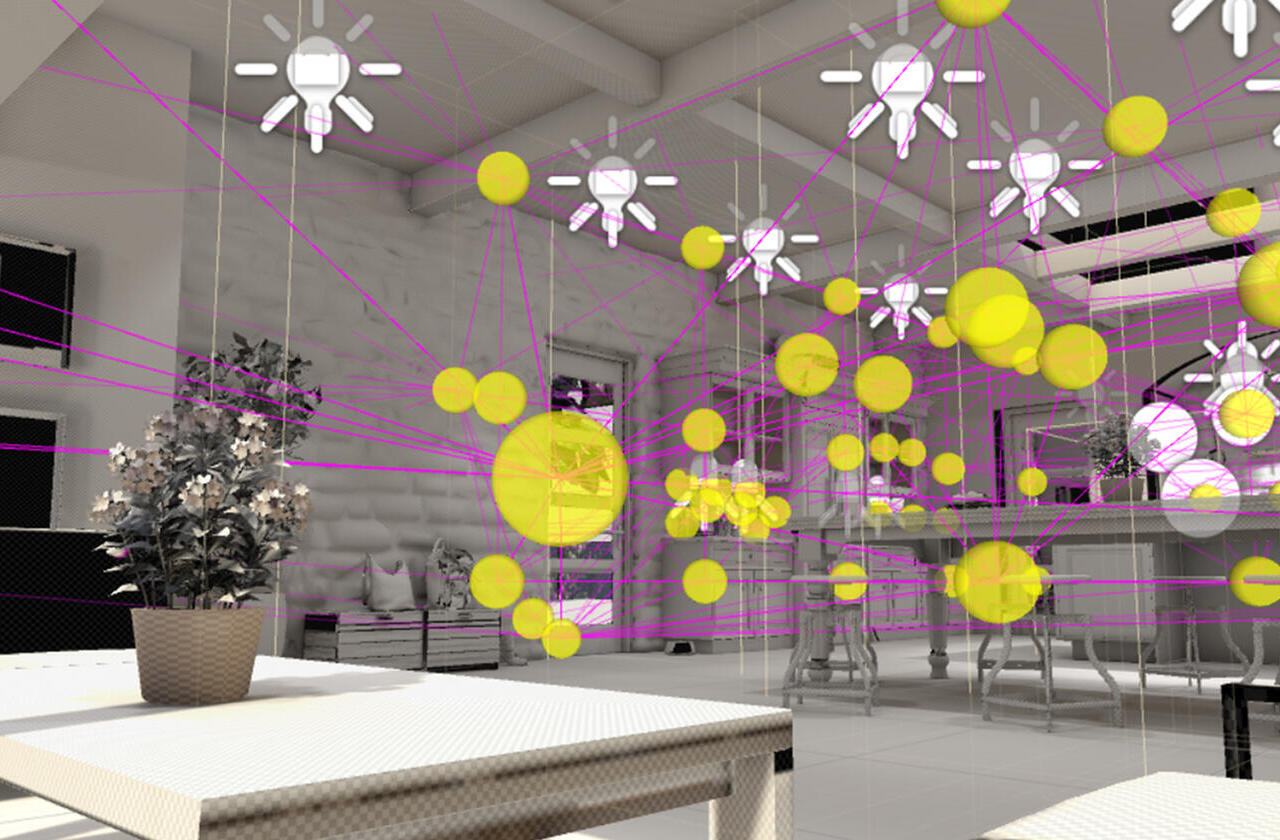






“If we knew what we were doing, it would not be called research, would it?” – Albert Einstein
Research is key.
Before diving into a project – be it a complex AI solution to aid firefighters or a standard quality assurance audit on an automotive website – studying relevant resources and materials, or conducting research, is vital in forming the foundations for all subsequent tasks.
Through research, brands and businesses can provide users with a platform for sharing their goals and frustrations, which subsequently informs the creation of meaningful consumer experiences.
Put simply, research helps us to understand our audiences – from what they indulge in and consume, to what their very basic needs are. And the better we understand our audiences, the more effective our products and ideas are in meeting their wants and needs.
Take Heinz for example; while slapping and shaking a glass ketchup bottle now seems like an annoyingly unnecessary process (does anyone really choose glass bottles anymore?), it was once just part and parcel of indulging in Heinz’s staple product.
What we now know and love as the ‘squeezy bottle’ wasn’t introduced until the 1980’s – more than 100 years after the brand first started selling their famous tomatoey dip. The reason for this monumental design change? A whole lot of key observational user research.
After spending time in users’ homes to observe their dinnertime habits, researchers realised that there was serious room for improvement in the way that families consumed Heinz ketchup.
Not only did the glass bottle make it nigh on impossible to get those last few dollops of ketchup out, it also excluded the core consumer of the product – children. Researchers identified that parents were, naturally, less than enthusiastic about their young children handling glass, let alone a potentially-messy-condiment filled glass that requires semi-violent shaking. When you consider the fact that a typical five-year-old consumes around 60% more ketchup than a typical 40-year-old, this was a stumbling block for Heinz.
Heinz recognised that they needed to up their packaging game and create a bottle that facilitated two things: children controlling the product themselves and a simple transfer from bottle to dish. Thus, the Heinz squeezy ketchup bottle was born.
The story of Heinz’s ketchup packaging is a great example of the power that research has in providing us with solutions for users that they might not always realise they need. Researchers were able to realise an issue and come up with a solution simply by being a part of the user experience.
Experience is reality, and as creators, strategists and innovators, we shape the realities of our customers through the experiences we create.
Ultimately, research process is an essential part of any project discovery phase as it allows us to identify and analyse users’ behaviour, needs and motivations. This subsequently provides insight for future strategy and production. As thinkers, we can’t afford to understate research’s contribution to problem solving! Taking time to carry out research is integral to delivering work, effectively and confidently.



Our dedicated team dives deep, delivering relentless value and aligning digital solutions with your goals in a way that guarantees success
Learn more